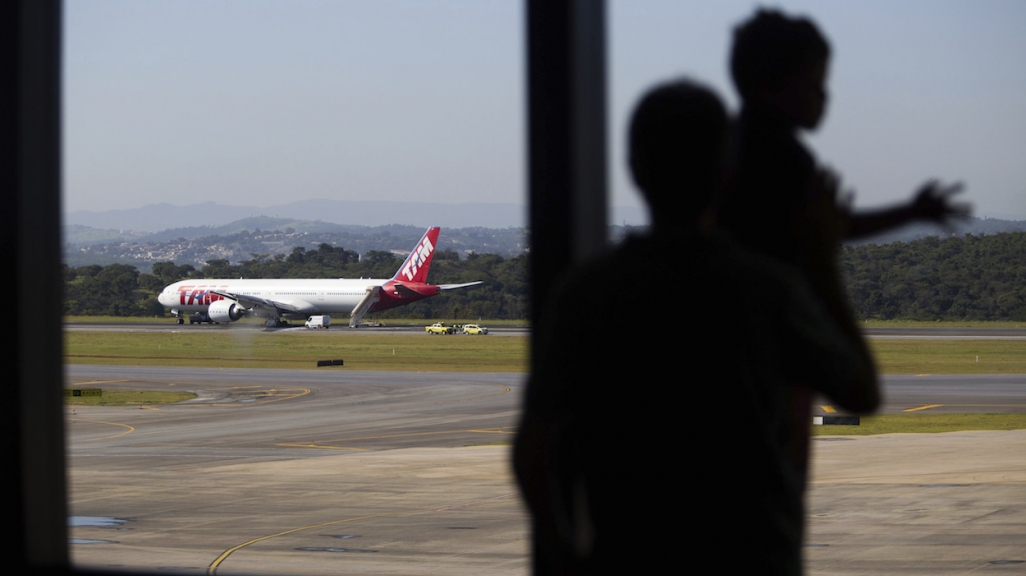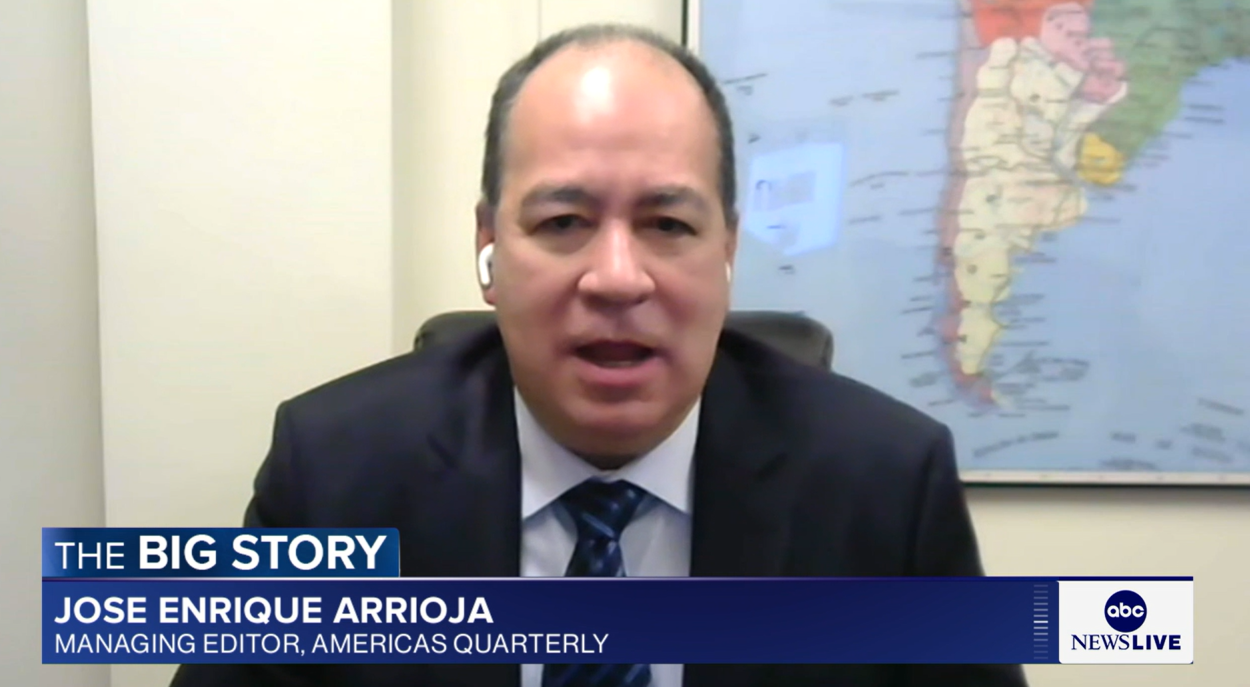Explainer: Latin American Visa Rules for U.S. Travelers
Explainer: Latin American Visa Rules for U.S. Travelers
Changes in administration can affect tourist visa policies in the United States and abroad. Where do Latin American countries currently stand?
Policy shifts can have an impact on tourist visa policies, both for foreigners looking to come to the United States and Americans hoping to travel abroad. For example, in 2017, U.S. President Donald Trump announced changes to Cuba visa requirements, three years after then-presidents Barack Obama and Raúl Castro made it easier for U.S. tourists to travel to the island.
Several countries in Latin America already have visa requirements in place, or charge entry and exit fees on par with U.S. tourist visas for Latin Americans. This is often a result of a reciprocal policy with the United States, which charges a non-refundable $160 fee for tourist visa applications.
Only one country in the region is a member of the U.S. Visa Waiver Program: Chile. The program went into effect in March 2014, allowing Chileans to enter the United States for up to 90 days without a visa. Argentina and Uruguay used to be part of the waiver program, but were later removed. Argentina came off the list in 2002 in the wake of the country’s economic crisis, which the U.S. government saw as an incentive for visitors to stay in the United States; Uruguay was taken off in 2003 due to high overstay rates.
It’s recommended that a U.S. citizen have at least six months validity on their passport for the duration of their trip, since many airlines will require that before allowing a traveler to board a flight, regardless of the destination country’s specific requirements.
Which countries require visas for U.S. citizens, and which charge hefty reciprocity fees? Find out below.
Despite Hurricane Irma and renewed U.S. tensions, Cuba’s tourism sector is still on track to receive 4.7 million visitors in 2017.










